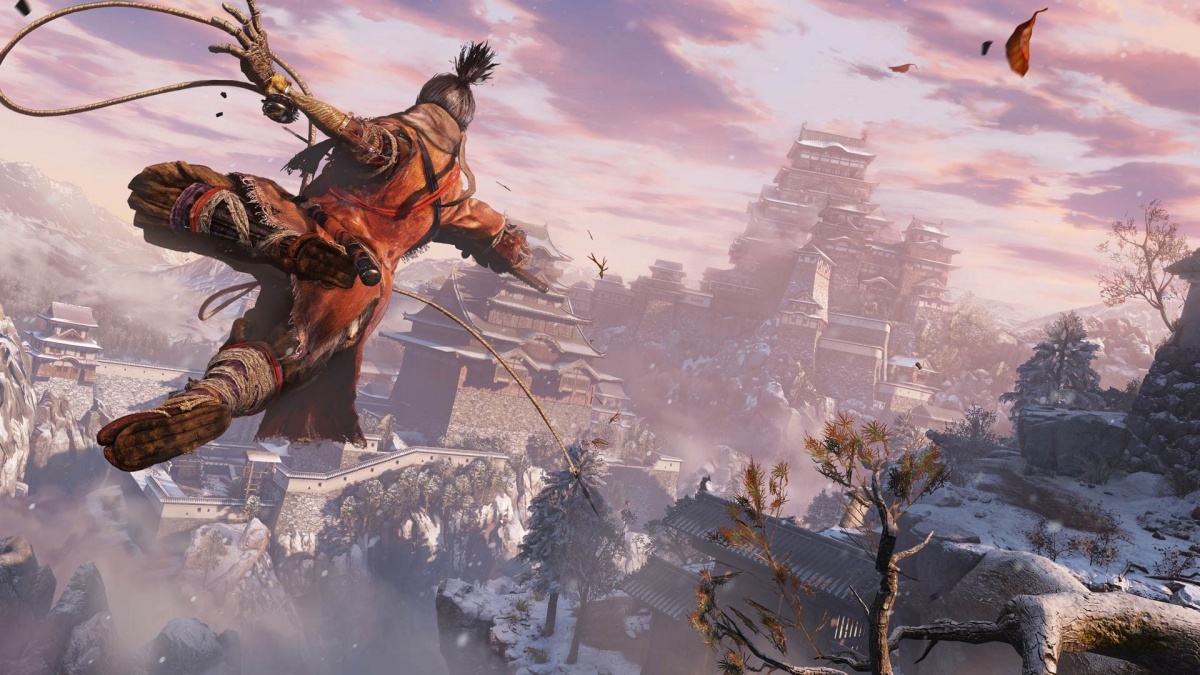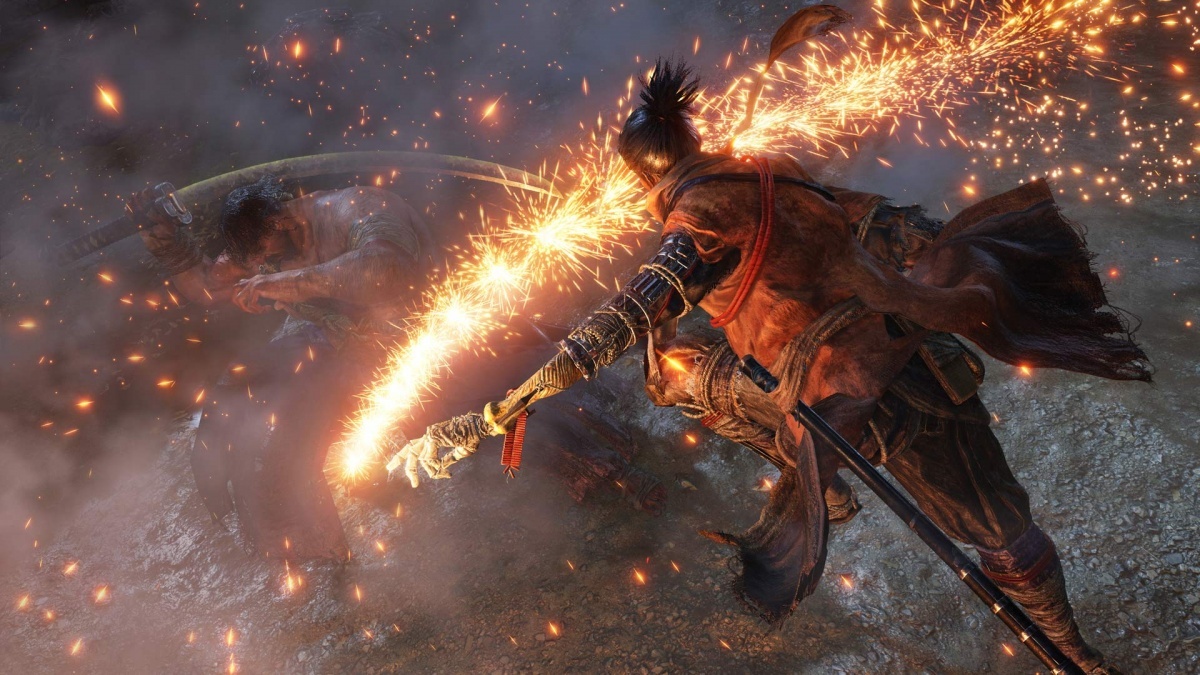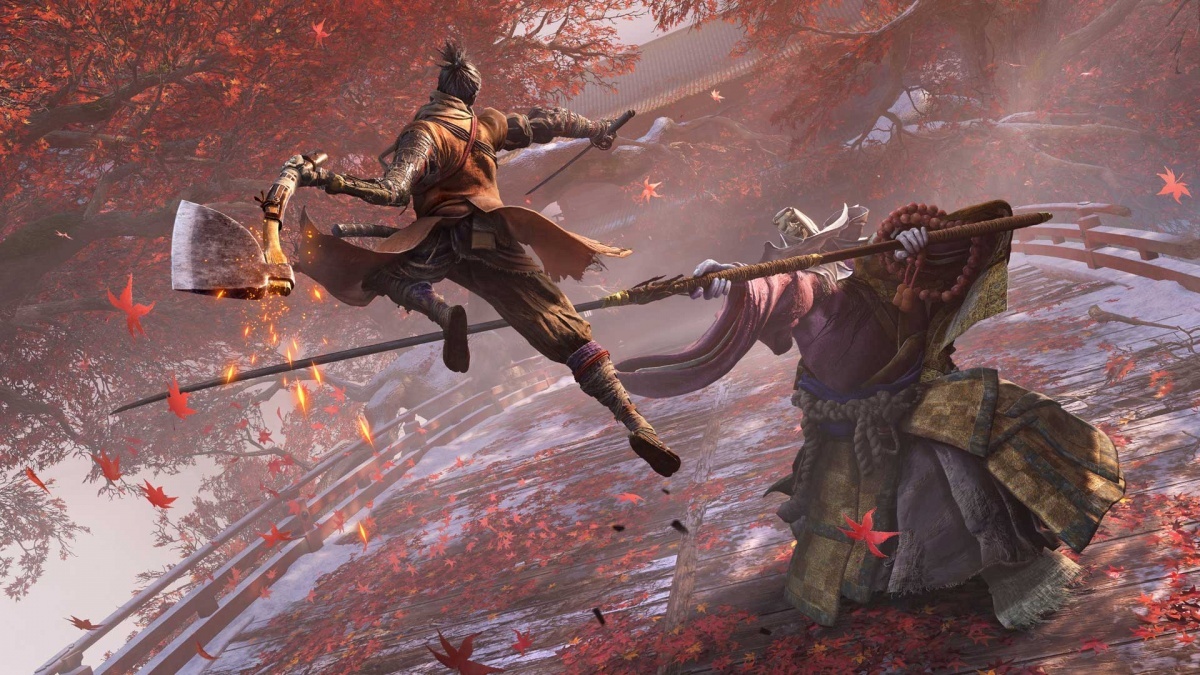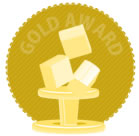Sekiro: Shadows Die Twice (Xbox One) Review
By Coller Entragian  03.05.2019
03.05.2019

Another day, another "Soulsborne" game by the boys at From Software - but wait! Hidetaka Miyazaki, the mastermind behind this formula is in the director's chair this time, and he means business. One thing that can be said about every "Souls" style title that Miyazaki ever directed, was that each one was very different and distinct from the last. The man has a knack for being very experimental - daring even - when it comes to videogame design. The confounding 'World Tendency' system from Demon's Souls; the intricacies of 'Humanity' in the first Dark Souls; or 'Insight' in Bloodborne - each one guaranteed something unique with its own approach to its gameplay. This time, From Software is leaving behind the tried and true dark medieval fantasy and the gothic Lovecraftian horror, for feudal era Japan, it's aiming to bring the same kind of white-knuckle intensity the developer is known for with Sekiro: Shadows Die Twice. This is Miyazaki's fourth directorial entry, and by far the most different "Soulsborne" instalment gamers will play yet. Just what has Cubed3 gotten itself into? Only death.
Sekiro: Shadows Die Twice is challenging. It rarely lets up, and just when it feels like it can be a good time to relax, From Software shows its hand, and a huge wave of crushing defeat washes over, and the only thing left is broken bones. To most, on the surface Sekiro will resemble what is expected from most "Soulsborne" games. After about 20 minutes of clashing weapons with Juzo The Drunkard, playing the same way as one might from similar titles like Nioh or Bloodborne will bear no fruit. One of the biggest hurdles to overcome is having to fight old habits and muscle reflexes that everyone has developed over the years. Getting good at Sekiro demands a calm mind, and quick reflexes. Plus, this time there are no soft easy ways out.

Miyazaki was hinting at gradual departure from RPG mechanics way back in Bloodborne. There were fewer stats to build, equipment no longer affected stamina, and simplified equipment that emphasized more on combat styles. Sekiro follows in the same tradition, and further strays away from the RPG mechanics almost completely, putting even great focus on combat depth and vertical level design. Intrepid shinobi will be scouring intricate villages, keeps, and all manner of feudal Japanese temples and architecture, which are dense with hidden nooks and crannies. Exploration is utterly crucial since the rewards will help in turning the tables against seemingly impossible odds. Other times, exploring can become a liability, as finding oneself surrounded by a horde of mad apes that want to make your bones into pulp can become a very familiar sight. Generally, plodding along is always under a constant state of caution and dread since everything is out to kill.
Say a monk is face to face with Wolf, our lone hero. This monk is dynamite and manages to best Wolf in mortal combat and now the player character is dead as a pile of bricks. This is where Miyazaki's magic as a game designer comes into play. Instead of having to do a corpse run as is typical of this sub-genre, Sekiro gives users a second chance and is revived. The big question here is this: does the player risk losing a substantial chunk of their hard earned monies by trying to best this enemy once again, or is a tactical retreat in order? Why would anyone want to retreat? To restore their second life at Sekiro's equivalent of a bonfire, of course. Just like the bonfires of Dark Souls, enemy placement gets reset and repopulated. These are the kind of terrible choices that makes games like this delightfully spicy and compelling.

Having a choice between two bad things is supplemented by a combat system that is the most elaborate, yet still accessible that this sub genre has ever seen. The simple action of jumping alone is a game changer, but on top of that everything has been refined and polished to a degree where the unfair and inconsistent hit-boxes of enemy attacks are finally a thing of the past. Sekiro is a very tight action game, and while it should not be confused with a combo driven combat system seen in the likes of Devil May Cry 5 or Ninja Gaiden II, it is much more deep than the Arkham Asylum style action that was so common in the past decade.
There is some element of rhythm that must be mastered for any ninja hoping to survive this nightmarish depiction of old Japan. Paying attention to enemy tells to know when to jump over wide sweeping horizontal attacks or timing a perfect parry will save Wolf's life since the guy can't take a hit. If the direct approach is too hairy, Sekiro does have pretty basic stealth mechanics that work well enough; this is not Hitman levels of depth, but is more like on par with Metal Gear Solid 3 in terms of artificial intelligence. This definitely does feel like an evolution of Tenchu, and it is no surprise that this began development as such.

Since there is even less RPG character building, expect to rely more on items and sub weapons more than ever. By dropping what was effectively a crutch for a struggling player, mastery of the core mechanics has become paramount to victory. At first, this may feel like a daunting wall that is insurmountable, but as always with a little perseverance Sekiro is quite fair and beatable... even if some bosses can be a bit too spicy like 'The Demon of Hatred.' Dropping stats, equipment and giving Wolf infinite stamina feels freeing. In some ways it is a relief of not having to think about what sort of build to craft. Not having this has created new focuses; primarily in the stealth, exploration and action. The choices that are left is which path on Wolf's skill tree to take, and which sub weapons to bring; because no matter what, he is always a ninja.
This is one of the best titles out of From Software. That being said it does fall into a lot of their old traps too. Once again there is another horrible poison level that has become a tradition. Teleportation fast travel is available from the start, which feels like an Activision concession than something Miyazaki would have wanted. The frame rate taking some nasty hits, even on an Xbox One X is disappointing to see. Worst of all, Sekiro does feel a tad shorter than it should. There are not too many main bosses, since the developers opted to increase the amount of side mini-bosses, so the overall quest can feel like it ends pretty quickly compounded by the fast pace of the overall gameplay.

Cubed3 Rating
Exceptional - Gold Award

Sekiro: Shadows Die Twice is the breath of fresh air the "Soulsborne" sub-genre needed. It proves that stats, levelling-up, and equipment, is not what makes this kind of games. Instead, what matters is how death is treated, what sort of consequences there are for choices the player makes, and really big doors that open dramatically slow. The verticality of the level design, grappling hook, jumping and almost Zelda-style progression makes this one stand out in an ever increasing sea of imitators. Ultimately, this is more than just a sum of its parts; it's full of mystery, jaw-dropping spectacle and intense satisfaction.

![]() 9/10
9/10
![]() 0
(0 Votes)
0
(0 Votes)
 Out now
Out now  Out now
Out now  Out now
Out now  Out now
Out now Comments
Comments are currently disabled

 Sign In
Sign In Game Details
Game Details Subscribe to this topic
Subscribe to this topic Features
Features





 Top
Top

